Journal of the World Aquaculture Society article summarizes global aquaculture development since 2000
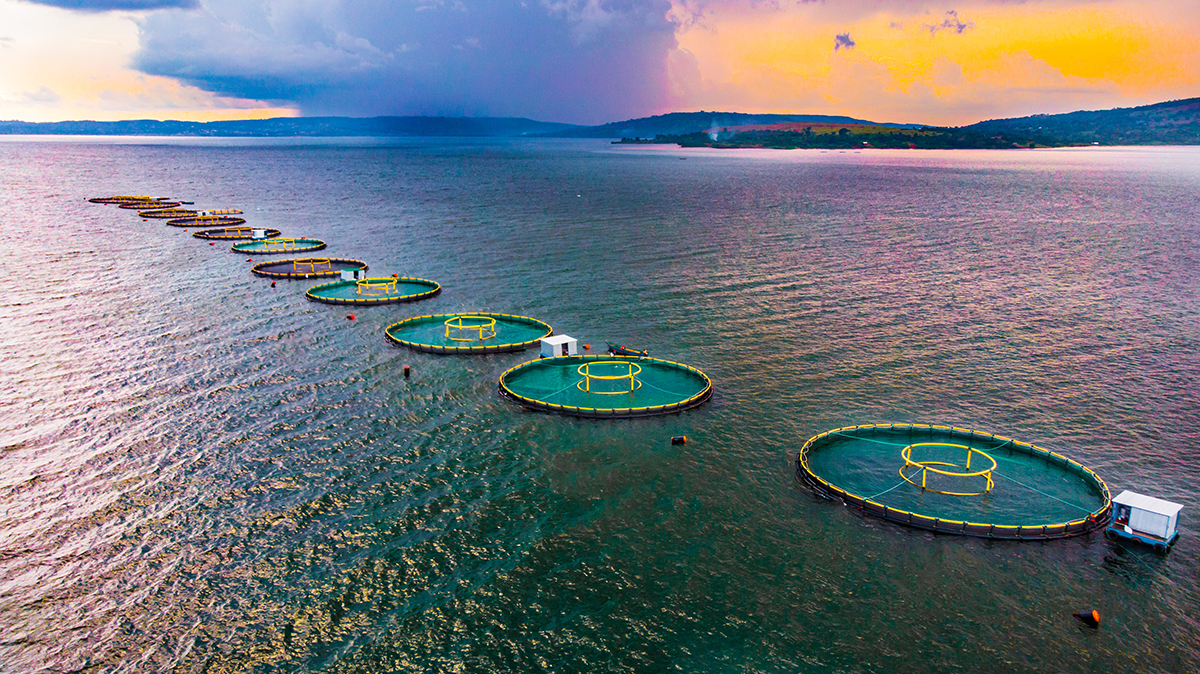
A study in the Journal of the World Aquaculture Society argues that the integration of aquaculture into local nutrition-sensitive, circular and sustainable food systems should become the major driver for future aquaculture system development. Photo by Mohsen Taha, via Wikimedia Commons.
Since 2000, aquaculture has become well-integrated into the global food system. The growth in production since 2000 is due to intensification, the use of more and better feeds, improved production management and increased attention to biosecurity.
But for aquaculture to fully contribute its share to the production of food for a growing human population and to optimize its contribution to society and nature through the responsible use of resources, it must be integrated into local nutrition-sensitive, circular and sustainable food systems.
These are the conclusions of a recent review article that summarizes the development of aquaculture between 2000 and today and how the sector developed considering the large differences that exist in system requirements to produce fish, crustaceans, mollusks and seaweed.
Written by Verdegem et al., the paper discusses current issues and challenges facing the industry today, including harmful and positive impacts of aquaculture production systems on the environment, society, and the ability to produce within planetary boundaries. Finally, it addresses priorities for future aquaculture development.
Fed and extractive (non-fed) aquaculture both need to pay more attention to scaling, site selection and the health of the wider production environment. In terms of land use, aquaculture is more efficient than terrestrial animal production.
Still, water use remains a challenge, the authors say, urging that more attention should be given to water recycling in land-based systems, reducing water consumption and facilitating nutrient recovery and reuse. Future development should focus on making aquaculture climate neutral and on reducing environmental impacts, both inland and at sea.
Aquaculture systems are highly diverse with around 425 species in production, with each able to be cultured in different production systems ranging from extensive to super-intensive and on various scales with a wide range of technologies. Therefore, the authors defined an “aquaculture production system” as a “production environment in which interventions aim to enhance the value and/or the amount of biomass produced, to the benefit of the people and communities organizing and executing these actions.”
The “interventions” range from stimulating recruitment of desired species to stocking fast-growing strains, protecting against disease, fertilization, feeding, and creating production environments like ponds, rafts supporting hanging or floating ropes or long lines, cages, pens, raceways and recirculating aquaculture systems (RAS) that allow control on resource use efficiency to a higher degree than in natural systems.
“Criteria to judge aquaculture development during the next decade should not focus primarily on global growth, except for extractive species,” wrote Dr. Marc Verdegem, corresponding author. “The industry found ways to improve its environmental performance during the last decades, and as societal pressure to improve upon environmental performance will increase further, the aquaculture sector will continue to improve its environmental performance.”
Follow the Advocate on Twitter @GSA_Advocate
Now that you've reached the end of the article ...
… please consider supporting GSA’s mission to advance responsible seafood practices through education, advocacy and third-party assurances. The Advocate aims to document the evolution of responsible seafood practices and share the expansive knowledge of our vast network of contributors.
By becoming a Global Seafood Alliance member, you’re ensuring that all of the pre-competitive work we do through member benefits, resources and events can continue. Individual membership costs just $50 a year.
Not a GSA member? Join us.
Author
-

Darryl Jory, Ph.D.
Editor Emeritus
Responsible Seafood Advocate
Tagged With
Related Posts
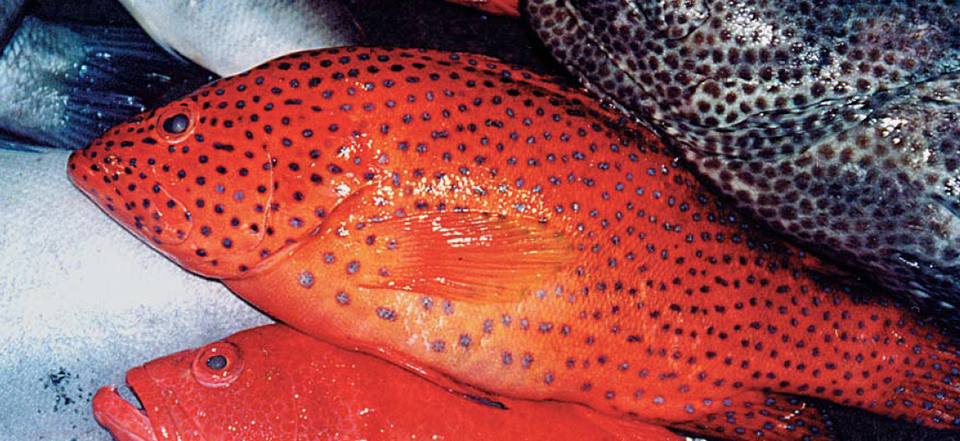
Intelligence
AHA says: Eat seafood twice a week
The American Heart Association recently introduced its new dietary guidelines, which now recommend that people eat seafood twice a week.
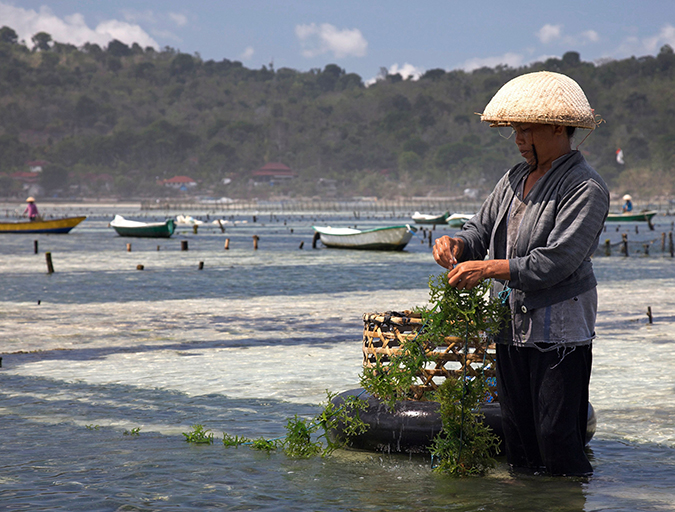
Responsibility
Can sustainable mariculture match agriculture’s output?
Global, sustainable mariculture production, developed on a massive, sustainable scale and using just a small fraction of the world’s oceanic areas, could eventually match the output of land-based agriculture production. Scale and international law considerations require the involvement of many stakeholders, including national governments and international organizations.
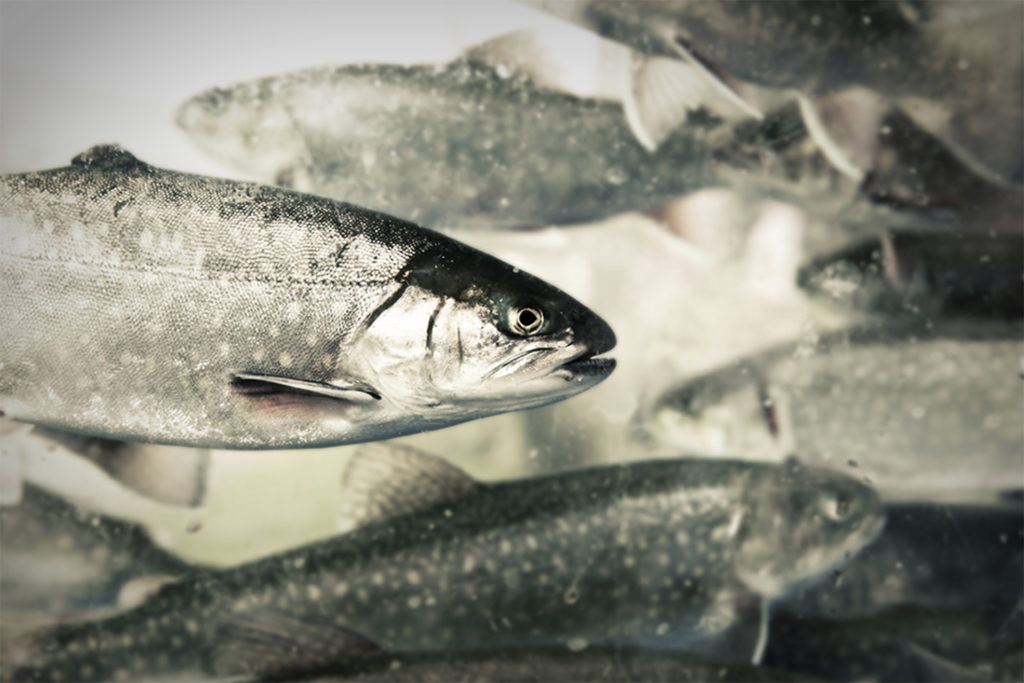
Aquafeeds
Point: There are no essential ingredients in aquaculture feeds
Kevin Fitzsimmons, leader of the F3 (fish-free feed) Challenge, says aquaculture may currently depend on fishmeal and fish oil, but farmed fish do not.
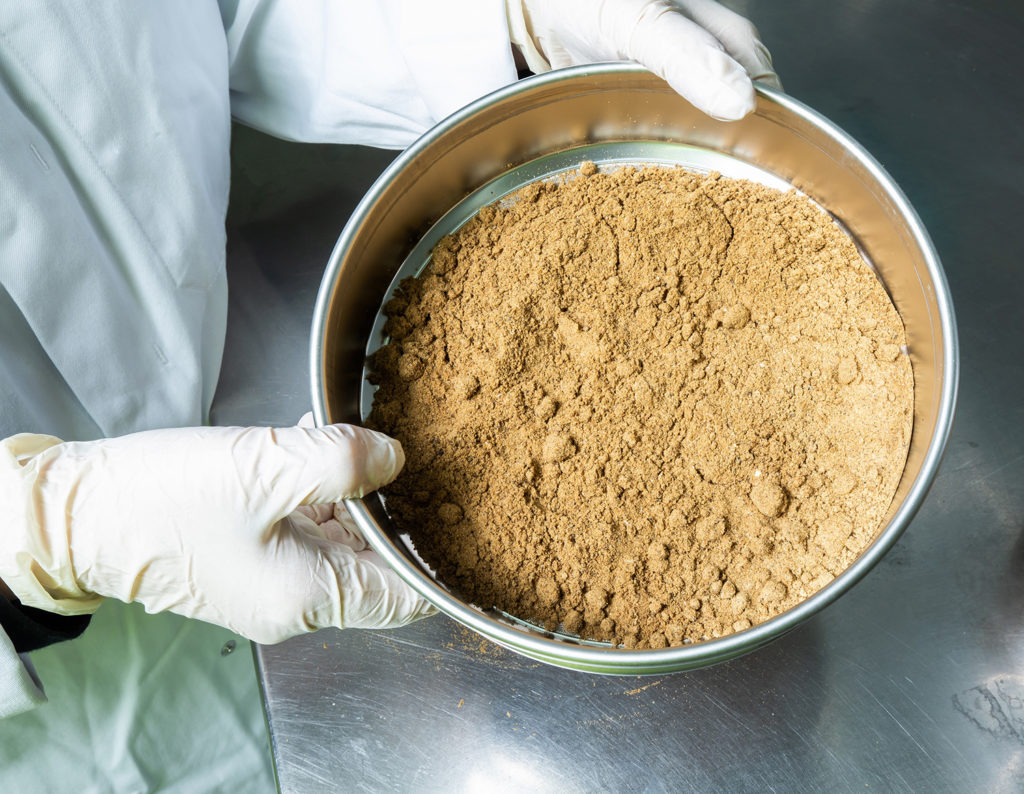
Aquafeeds
Counterpoint: Marine ingredients are stable in volume, strategic in aquaculture nutrition
IFFO Director General Petter M. Johannessen says fishmeal and fish oil offer unmatched nutrition and benefits to fuel aquaculture’s growth trajectory.


